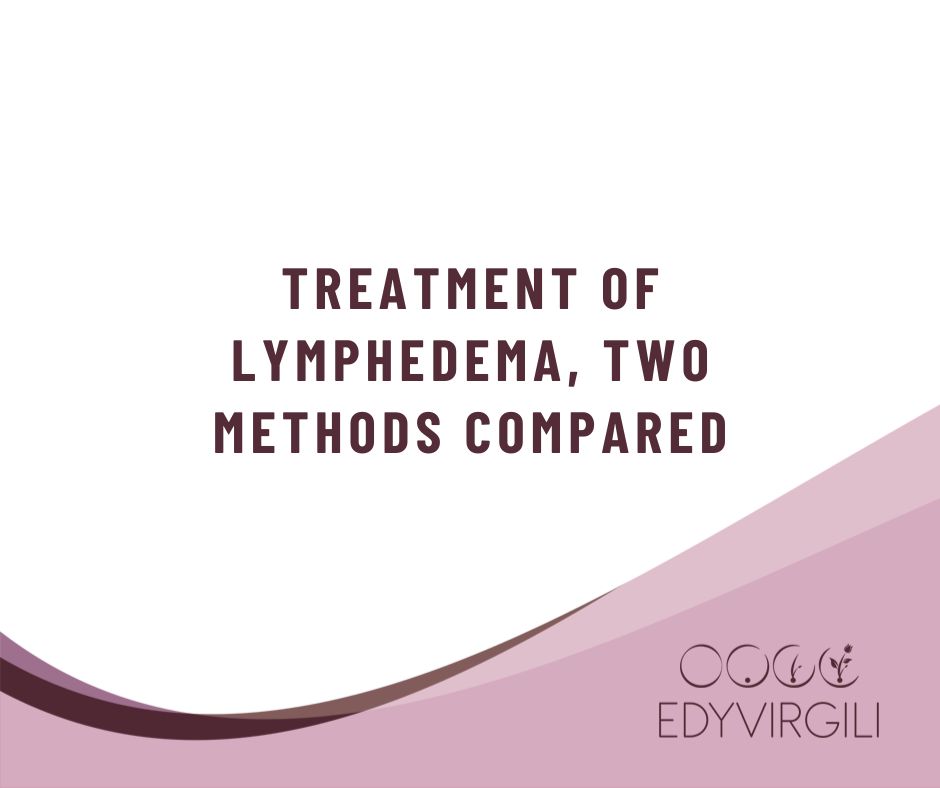Abstract:
Lymphedema is a chronic disease with an evolutionary and often disabling nature, which represents an abnormal and excessive accumulation of lymphatic fluid on the interstitial side, both due to altered morphology of the lymphatic vessel and excessive lymph formation with difficulty in drainage. This condition is characterized by stasis of water and macromolecules, which, over time, transform the connective tissue into fibrous tissue. Unfortunately, it is a very widespread pathological condition. According to official data in Italy, there are about 40,000 cases per year, especially as a result of surgery, trauma, or radiotherapy such as secondary lymphedema and deriving from lymphatic channels or non-functional lymph nodes or in conditions of non-metabolic homeostasis. Unfortunately, despite the large-scale spread of lymphedema, information on this pathology is quite scarce, and the therapeutic alternatives offered to the patient are often limited and incomplete, forcing the patient to follow constant therapeutic paths. The main therapies are based on anti-inflammatory, vascular drugs, and physiotherapeutic treatments, based on various types of lymphatic drainage, first of all, the lymphatic drainage described by Vodder. It is known that the lymphatic system is a drainage tissue of the macromolecules produced by the cellular activities of the organism. However, it also acts as an important immune organ closely connected to the adipose and metabolic system, affected by the inflammatory processes caused by overweight, intestinal dysbiosis, and visceral obesity. For this reason, lifestyle advice and good nutrition are always associated with lymphatic drainage. One hundred female patients with lymphedema and lipolymphedema were followed by Prof. Bellomo who recommended a ketogenic diet; half were treated with traditional Vodder lymphatic drainage, the other with compressive microvibration method. Both groups maintained suitable compression stockings. The results obtained in the two different experimental groups highlighted the ability of the therapeutic combination between a ketogenic diet and Endosphere Therapy to offer stable results thanks to the draining and vascularizing actions, which are associated with the reduction of inflammatory processes caused by overweight and visceral fat.

Il linfedema è una malattia cronica a carattere evolutivo e spesso invalidante, che rappresenta un anomalo ed eccessivo accumulo di liquido linfatico sul versante interstiziale, sia per alterata morfologia del vaso linfatico, sia per eccessiva formazione di linfa con difficoltà di drenaggio. Questa condizione è caratterizzata dalla stasi dell’acqua e delle macromolecole, che, nel tempo, trasformano il tessuto connettivo in tessuto fibroso. Purtroppo, è una condizione patologica molto diffusa. Secondo i dati ufficiali in Italia si registrano circa 40.000 casi all’anno, soprattutto a seguito di interventi chirurgici, traumi o radioterapia. Nonostante la diffusione su larga scala del linfedema, le informazioni su questa patologia sono piuttosto scarse e le alternative terapeutiche offerte al paziente sono spesso limitate e incomplete, costringendo il paziente stesso a continue terapie. I principali trattamenti si basano su farmaci antinfiammatori e per l’insufficienza venosa, o su trattamenti fisioterapici, basati su vari tipi di linfodrenaggio, primo fra tutti il linfodrenaggio descritto da Vodder. È noto che il sistema linfatico è un tessuto drenante delle macromolecole prodotte dalle attività cellulari dell’organismo. Tuttavia, agisce anche come un importante organo immunitario strettamente connesso al sistema adiposo e metabolico, interessato dai processi infiammatori causati dal sovrappeso, dalla disbiosi intestinale e dall’obesità viscerale. Per questo i consigli sullo stile di vita sano e una buona alimentazione sono sempre associati al drenaggio linfatico.
In questo studio cento pazienti di sesso femminile con linfedema e lipolinfedema sono state sottoposte ad una dieta chetogenica; la metà è stata trattata con linfodrenaggio Vodder tradizionale, l’altra con il metodo della microvibrazione compressiva (Endosphere Therapy). Entrambi i gruppi hanno mantenuto calze compressive adeguate. I risultati ottenuti hanno evidenziato che la combinazione terapeutica tra dieta chetogenica ed Endosphere Therapy porta ad ottimi risultati e stabili nel tempo grazie alle azioni drenanti e vascolarizzanti, che si associano e alla riduzione dei processi infiammatori causati dal sovrappeso e dal grasso viscerale.







